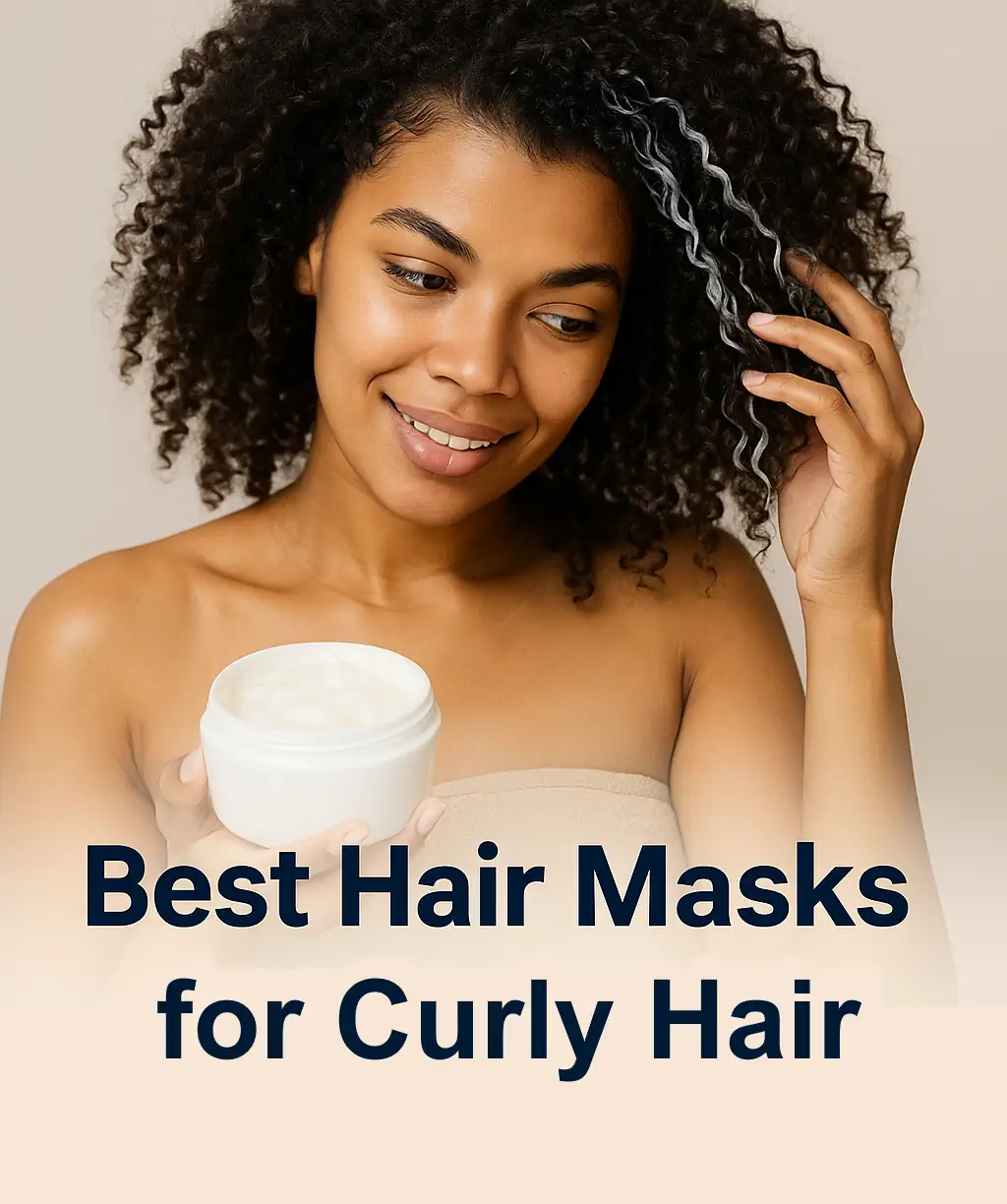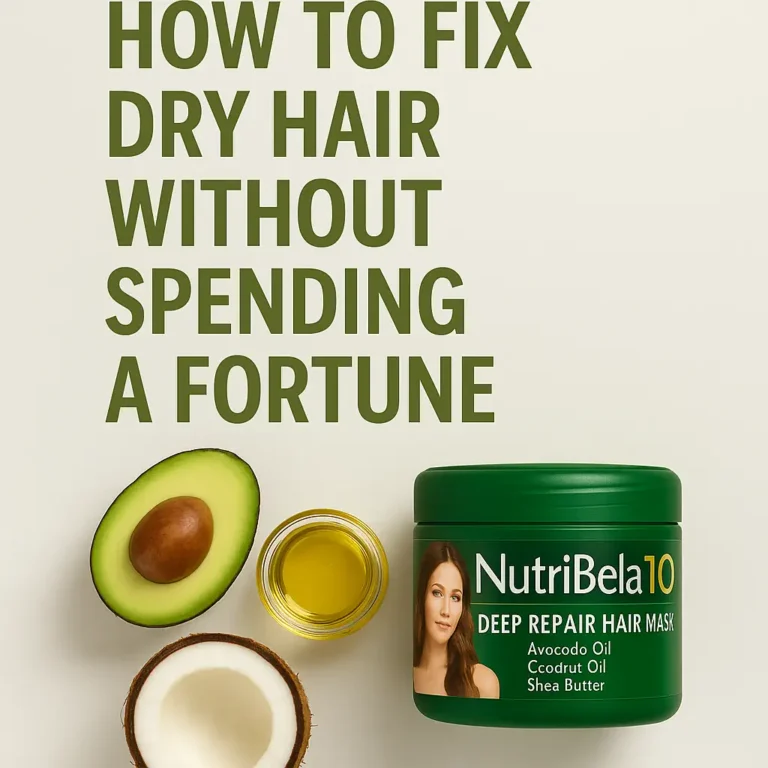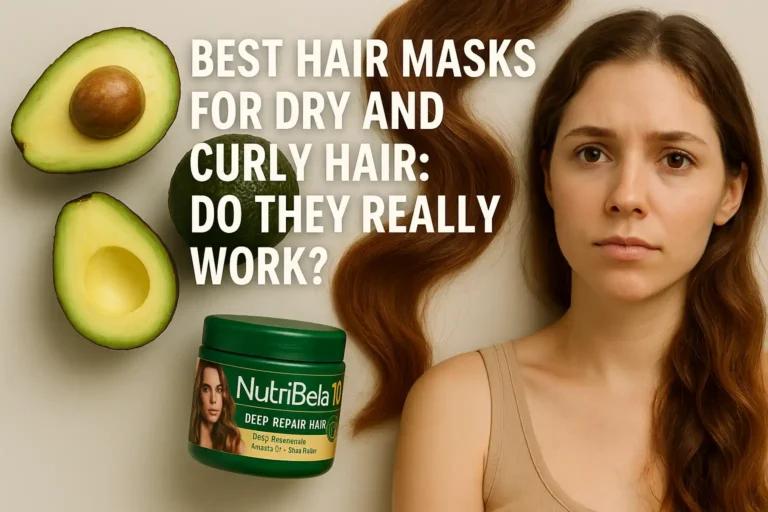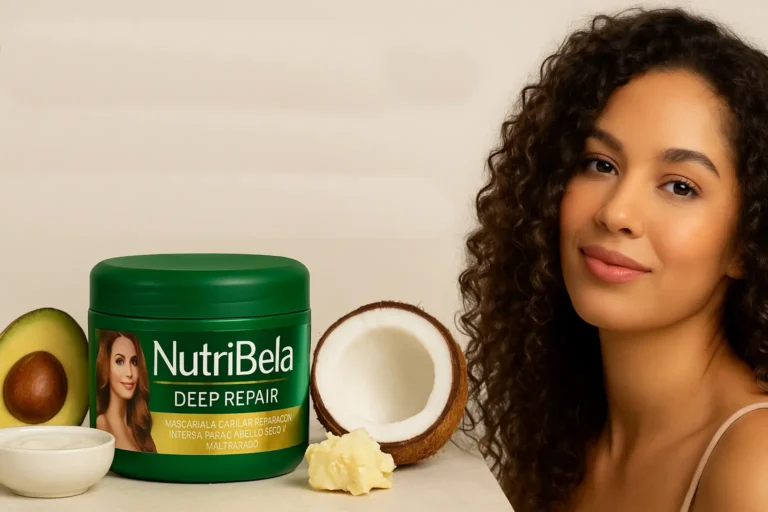Best Hair Masks for Curly Hair: Deep Nourishment & Frizz Control
Curly hair is a strange kind of blessing. On good days, those spirals bounce with a life of their own, catching light and making you feel like you’ve walked out of a shampoo commercial. On bad days? Well, let’s just say the curls decide they’re in charge. Frizz takes over, dryness sets in, and no amount of styling cream seems to convince them otherwise. That’s why for people with curls — whether loose waves or tight coils — a good hair mask isn’t optional. It’s survival.
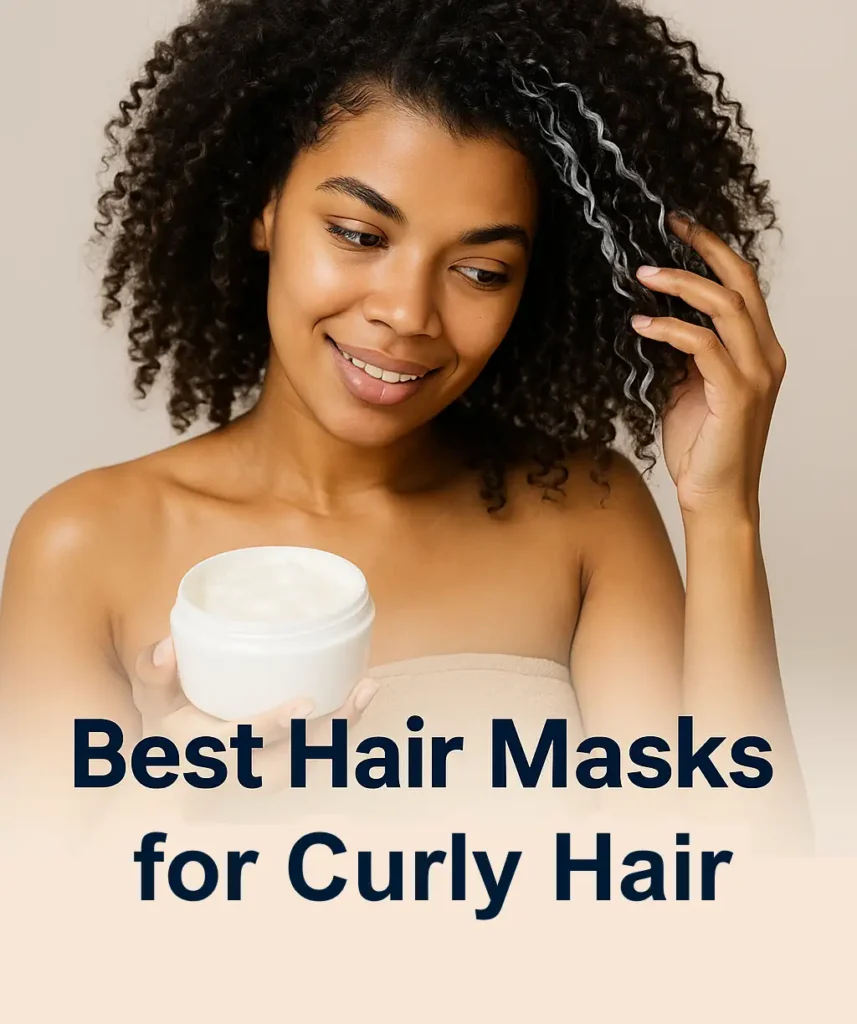
I’ve been through that cycle of trial and error myself. Buying conditioners that promise miracles but wash out like water. Sitting with half-baked “DIY avocado mush” on my head that only attracted the family cat. And eventually, finally, learning that curly hair needs more than quick fixes — it needs consistent, heavy-hitting nourishment.
So, let’s talk hair masks. Not the marketing fluff, but what actually works when your hair feels like straw or refuses to hold its shape.
Why Curly Hair Demands Special Treatment
Straight hair and curly hair aren’t built the same. If you zoom in under a microscope, the cuticle of curly hair doesn’t lie flat — it’s uneven, sometimes lifted. That uneven structure is why oils from the scalp don’t travel smoothly down the strand. Result? Dry ends, frizz, and tangles that seem impossible to detangle without losing half your brush.
This isn’t just cosmetic. Over time, untreated dryness turns into weakness. Breakage at the crown, split ends that creep up faster than you can trim, and that brittle snap you hear when you pull a comb through too fast. (If you’ve read our piece on Brittle Hair, you’ll know exactly how fast this can spiral out of control.)
And here’s the thing: conditioners are too light for this job. They’re like a daily moisturizer. Masks, on the other hand, are more like a night serum — heavier, deeper, designed to soak in.
What Makes a Great Curly Hair Mask
Every brand screams “hydration,” but let’s cut the noise. The ingredients tell the truth. When I shop for masks now, I don’t care if the jar is pink or if it has a celebrity face on the label. I flip it around and look at the back.
Here’s the cheat sheet:
| Ingredient Type | Why It Matters for Curls | Examples You’ll See on Labels |
|---|---|---|
| Oils & Butters | Coat strands, seal moisture, reduce frizz | Coconut oil, shea butter, argan oil |
| Proteins | Rebuild damaged cuticle, add strength | Collagen, keratin, hydrolyzed wheat protein |
| Humectants | Pull water into the hair shaft | Glycerin, aloe vera, honey |
| Vitamins & Extracts | Long-term health, shine, scalp care | Vitamin E, panthenol, hibiscus extract |
If a mask has at least two from the first three categories, you’re on the right track. If it has only “fragrance” and silicones? Put it back.
Hair Masks I’d Actually Recommend
I’ve tried enough masks that disappointed me within one wash to know this list matters. Here are the ones that don’t just feel nice when you rinse them out but actually shift the texture of curls after consistent use.
- NutriBela Hair Mask for Curls – It’s not just branding; the collagen-protein blend here really helps with curl definition. The first time I used it, I left it on for 15 minutes under a warm towel. My hair felt springy instead of heavy — which is rare.
- Shea butter–rich masks (like the ones from drugstore brands you can grab for under $10) — don’t underestimate them. Heavy, yes, but if your curls drink moisture like mine, they’ll thrive.
- Argan oil–based masks — especially good if you heat-style or color your curls. That “fried ends” feeling softens noticeably.
And here’s the kicker: consistency beats novelty. Using one good mask every week outperforms cycling through five different jars once in a while.
If you’re looking for a more general round-up beyond curls specifically, I’d point you to our earlier guide on Best Hair Masks for Dry and Curly Hair — it’s broader but still worth a read.
DIY Masks: Worth It or Waste of Time?
I’ll be honest: DIY masks are hit or miss. Some work because the ingredients are raw and potent; others are messy kitchen experiments that never rinse out properly. Still, if you like home remedies, these are the few that have actually helped my curls:
- Avocado + honey + olive oil. The fats in avocado plus the humectant pull of honey? Legit moisture bomb.
- Yogurt + coconut oil. Great for reducing frizz before a big event. I did this once before a wedding — my curls behaved almost like I’d had a professional blowout.
- Banana + aloe vera. A little slippery, but aloe gives curls bounce without weighing them down.
Just remember: homemade masks lack preservatives. Use them fresh, rinse thoroughly, and don’t expect them to keep like store-bought products.
How to Actually Use a Hair Mask
It’s funny how often people get this wrong. Masks aren’t meant to be slapped on in the shower for two minutes while you scroll TikTok. They need time and heat.
Here’s what I recommend after years of trial:
- Wash with a gentle, sulfate-free shampoo. If your hair’s dirty, masks won’t penetrate.
- Squeeze out excess water, but don’t dry completely. Damp hair absorbs better.
- Apply the mask from mid-lengths to ends (the scalp usually doesn’t need it unless it’s a scalp-treatment formula).
- Wrap in a warm towel or use a shower cap. Heat is your friend here — it opens the cuticle.
- Wait 15–20 minutes. Go make tea, answer a couple of emails.
- Rinse with cool water to seal the cuticle back down.
Do this once a week, twice if your curls are really parched. Any more and you risk “over-conditioning,” where hair feels limp and mushy.
Common Mistakes People Make with Masks
- Using too much. More doesn’t equal better. It just makes your hair greasy faster.
- Skipping conditioner. Masks don’t replace daily or weekly conditioner. They’re partners, not substitutes.
- Ignoring product build-up. If you use heavy creams and gels, clarify once a month. Otherwise, the mask can’t reach your hair shaft.
The Emotional Side of Curly Hair
I know this isn’t usually mentioned in “SEO guides,” but hear me out. Curls aren’t just a style — they’re identity. When my hair is well-nourished, I feel more confident, even in something as simple as a grocery run. When it’s brittle, frizzy, impossible to manage? It chips away at that confidence.
That’s why masks matter. They’re not just about vanity. They’re about walking into a room and not worrying if people are staring at the halo of frizz around your head. They’re about being able to touch your own hair and feel softness instead of straw.
FAQ
Can a mask replace conditioner?
No. Think of it like skincare: you still need your daily moisturizer even if you use a weekly face mask.
How long before results show?
If your hair is severely dry, you’ll feel a difference in texture after the first use. Real change — elasticity, reduced breakage — takes 3–4 weeks of consistent masking.
Safe for color-treated curls?
Yes, but look for masks that specifically say “color-safe” or “sulfate-free.” Proteins help here too — they rebuild what dye strips away.
Final Thoughts
Curly hair will never be low-maintenance — and honestly, I’ve stopped wishing it would be. The trick isn’t fighting it into submission but feeding it what it needs. Oils, proteins, humectants, time. A hair mask for curly hair isn’t a luxury item sitting on a salon shelf — it’s the difference between curls that feel like a chore and curls that feel like you.
And if you’ve been struggling with brittle hair or watching your curls lose shape week after week, don’t write it off as genetics. It’s often just a lack of deep, targeted care. Try one mask, stick with it, and give it four weeks. Your curls might surprise you.

Hi, I’m Elena – editor, writer, and unapologetic haircare enthusiast here at NutribelaBeauty.
I’ve spent over a decade diving deep into what makes hair healthy, happy, and resilient — and I believe in products that nourish, not just promise. My own hair journey started with trial and error (and a lot of frizz), but once I discovered the transformative power of natural ingredients like avocado oil, keratin, and aloe vera, I never looked back.
At NutribelaBeauty, I write for real people — not perfect ones. You’ll find me sharing honest reviews, how-to guides, and behind-the-scenes stories from our incredible fan community. If it’s in our blog, it’s been tested, loved, and lived.

